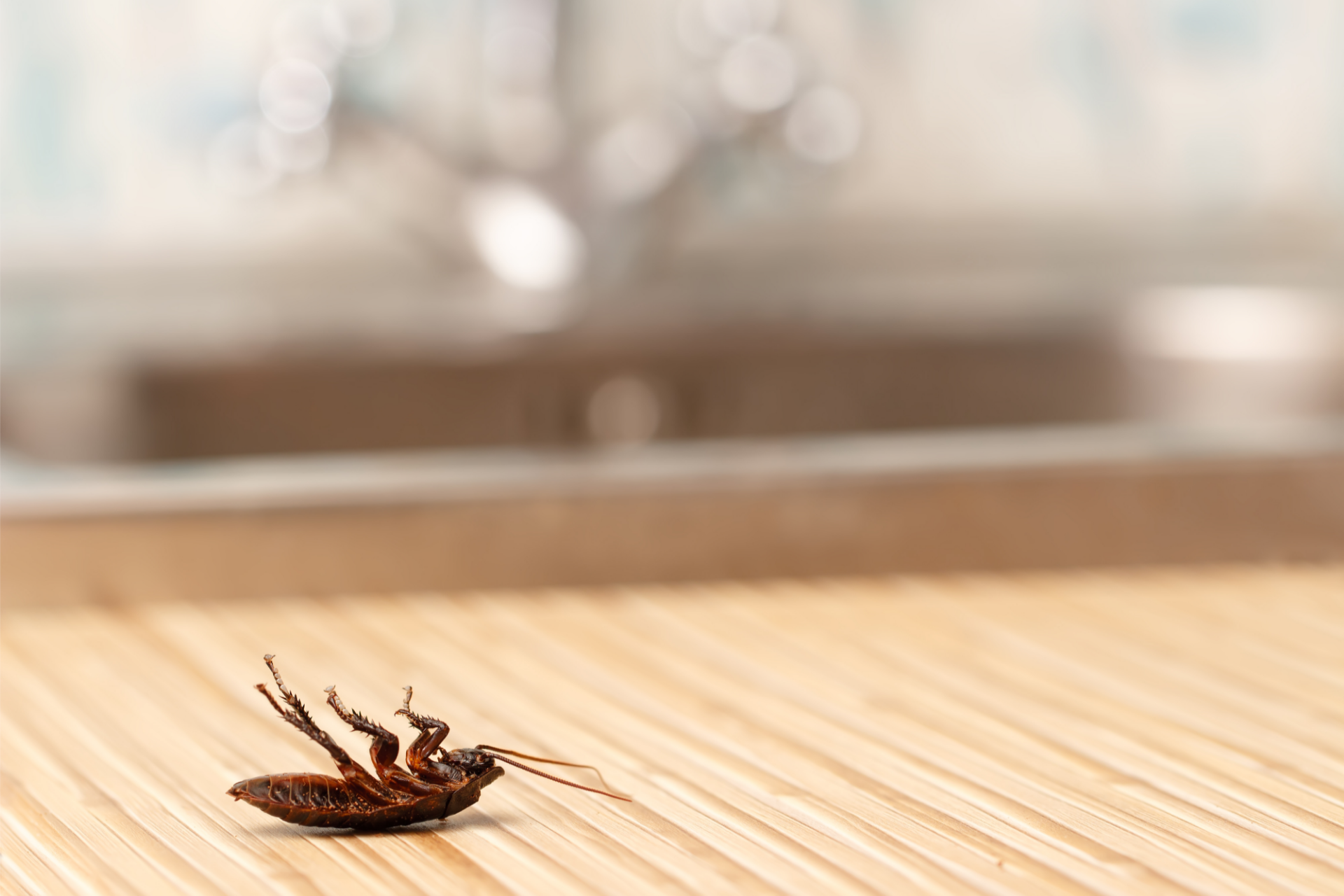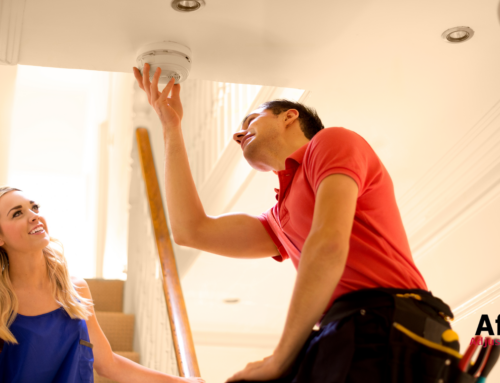You may be surprised to learn that insect and pest infestations are one of the most common signs of a water leak in your home. Insects and rodents build their homes where water is easily accessible. So, if you have a water leak, pests will seek out that area.
Signs of Pest Infestation
Obviously, if you see live insects or rodents in your home, you have a problem. However, since most household pests roam around in the night, you may not see their movements. Nonetheless, they do leave evidence. Here’s what to look for.
- Dead Pests: These are often spotted in corners, the basement, the crawlspace, or on window ledges.
- Shredded Materials: Rodents create nests from materials they shred. Look for piles of shredded paper or fabric in dark places like cupboards, cabinets, and under or behind appliances.
- Holes in Fabric: Some insects chew on fabrics, particularly wool. These holes are usually irregularly shaped.
- Bite Marks: Rodents chew, so you may notice teeth marks on walls, floors, or furniture.
- Droppings: Pests will leave feces droppings near their nests and the paths they use to get to those nests.
If you have signs of pests, you’ll want to call an exterminator. But you will also want to see if a water leak is the source of your pest problem.
Common Sources of Plumbing Leaks
Thankfully, the most common sources of plumbing leaks associated with pests are easy to spot. That’s why it is essential that you conduct routine inspections to detect leaks early.
- Faucets: Check faucets for worn washers, rusty control valves, or rusty drains.
- Under sinks: Check the cabinets around sinks for moisture, warping, or staining. Also, run your hand along the sink trap and garbage disposal for dampness.
- Under refrigerators: Water may collect under refrigerators and freezers due to condensation. You may also have a water line leak to the ice-maker.
- Dishwasher and washing machine: Check the hose and seals for leaks. Make sure that there is sealant where the plumbing comes through the wall.
- Toilets: Check for loose tiles, warped flooring, or unusual odors. All may be signs of a leak or broken seal.
- Outdoor spigots: Look for signs of dripping water or puddles.
- AC Unit: A clogged drainage line causes water to pool around the AC unit.
If you find any standing water, dampness, or signs of leaking water, you need to fix the problem right away. Not only will it help you get rid of your pest problem, but it will also keep you from having further issues such as water damage and mold.
Contact a Public Adjuster
What should you do if you find that the water leak is bigger than a quick fix? You may be able to file a homeowners insurance claim depending on the source of the leak, the type of insurance you have, and the reason for the issue. However, filing a water damage claim, especially for a leak that was not sudden and accidental is difficult. Therefore, you may want to contact a public adjuster.
At Aftermath Adjusters & Consulting, we have years of experience helping homeowners file successful water damage claims. Call us today for a free consultation.









